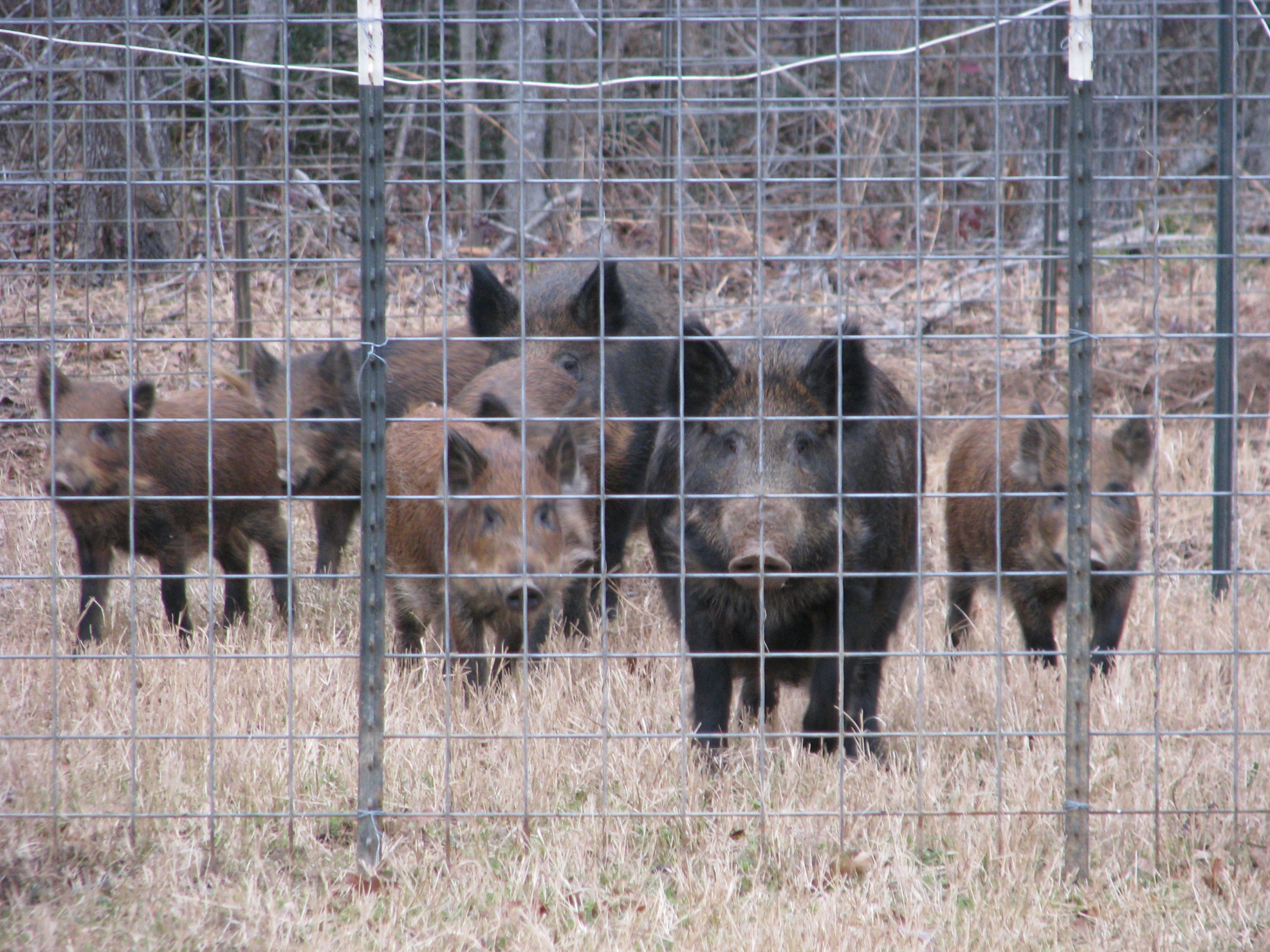
Hunter Local Land Servicesissued a warning to property owners and pig hunters that a case ofBrucellosis has been confirmed in an Upper Hunter pig.
What is brucellosis?
Brucellosis is an infection caused by the bacteriumBrucellathat is spread to humans from infected animals. Although animals are infected worldwide brucellosis is well controlled in most developed countries including Australia. Rarely, brucellosis infections occur in humans.
Different types ofBrucellabacteria usually infect different animals. There are five types ofBrucellabacteria that that are known to cause brucellosis in humans. The following three are of particular importance to Australian residents and travellers:
- Brucella suisusually infects pigs.Brucella suiswas last diagnosed in NSW domestic pigs in 1968.Brucella suisinfection is widespread in Queensland’s feral pig population and it has also been detected in the feral pig population in northern New South Wales (NSW).Brucella suishas also been detected in dogs that have been pig-hunting or that have been fed raw feral pig meat.
- Brucella melitensisusually infects goats, sheep and camels. It is not found in Australia but occurs in many overseas countries, particularly in the Mediterranean, Middle East, Central Asia and Central America.
- Brucella abortususually infects cattle. Bovine brucellosis (brucellosis in cattle) has been eradicated from all states of Australia, including NSW, since 1989.
What are the symptoms?
Brucellosis typically begins with a flu-like illness. This may include fever, headache, weakness, drenching sweats, chills, weight loss, joint and muscle pain, and generalised aches. Inflammation of the liver and spleen, and gastrointestinal or respiratory symptoms may also occur. In males, the testicles may become inflamed. Rarely, the valves inside the heart may become infected and this can be fatal.
The symptoms usually start 5-60 days after a person has been infected.
The infection typically lasts for days or months but can occasionally last for a year or more and may recur. Disease may be mild and some people get no symptoms of infection.
Pregnant women and their babies are at risk of developing severe disease. If left untreated, infection may cause birth defects, spontaneous abortion or fetal death.
How is it spread?
In Australia, people may become infected through:
- direct contact with tissues or body fluids of an infected animal (such as feral pigs or dogs) – the risk is greatest when a person has skin cuts or grazes that come into contact with infected tissues and body fluids like blood, urine, vaginal discharges, birth products and aborted foetuses
- eating undercooked meat from an infected animal.
Source:https://www.health.nsw.gov.au/Infectious/factsheets/Pages/Brucellosis.aspx
0 Comments